SEER v HSPF v COP (& SCOP): Understanding Heat Pump Ratings
Many people are considering making the switch to a heat pump, for a variety of different reasons, including the heat pump grants available in Canada and the USA to offset the cost and the potential cost savings of buying and installing a single unit that can both heat and cool homes efficiently. We found heat pump grants up to $6,700 offered by Hydro Quebec in 2023 here too, and you can receive extra financial assistance on top from the Rénoclimat, Novoclimat Homes and Novoclimat Small Multiple-Unit Buildings programs when you install an eligible heat pump.
Heat pumps are certainly less expensive to operate than other forms of electric heating like noisy baseboard heaters or electric furnaces, and despite the name they are all air conditioning units too. The cost of maintaining a heat pump combined central heating and cooling system is also less expensive than the cost of maintaining separate central heating and cooling systems, although there are different types of heat pumps as explained here.
Some people are making the switch to heat pumps because their impact on the environment is potentially much less than a traditional central heating and cooling system fuelled by fossil fuels like natural gas or heating oil. Because they use less energy, their carbon footprint is much lower, and as we've explained before, while just how Green they are depends on how sustainably produced the electricity is in the grid where the unit is operating, once installed if the grid adopts an increasing level of renewable energy then so do the households using it, automatically and progressively.
This is why North America and Europe is electrifying homes and removing fossil fuels - especially heating oil and natural gas. Regardless of the reason why a homeowner has decided to choose a heat pump, as part of that decision it's good to understand how heat pumps work and how to compare them to see which heat pump is going to be best for their needs.
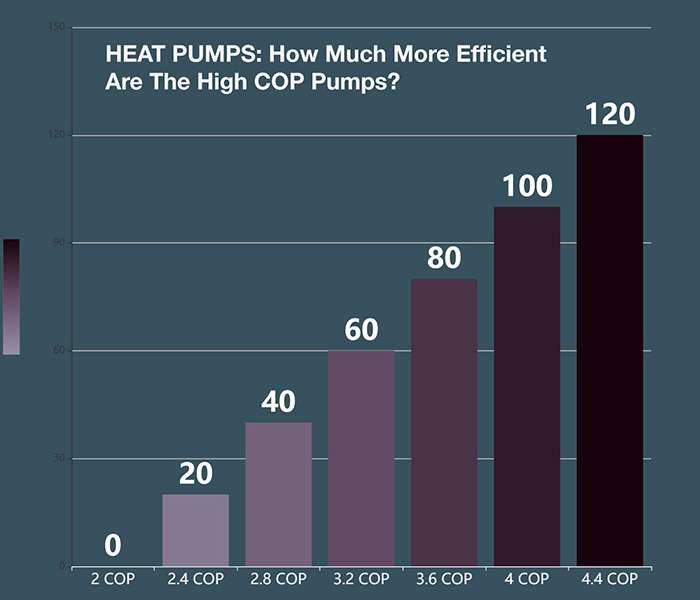
How to size a heat pump, are ratings all I need?
Size is one consideration, you need a heat pump that will be able to provide adequate amounts of heat and cooling to all of the rooms in your home but size isn't the only consideration as it needs to be looked at in combination with a heat pumps' efficiency. Usually, it is worth calling out a contractor for advice on choosing the correct size of heat pump - but in our experience many heating contractors tend to oversize heat pumps and don't adequately compensate for a high efficiency home by reducing the heat pump size. Traditionally with furnaces and boilers, the accepted protocol was always to size one or two sizes too big - but this doesn't work for heat pumps - they need to be sized just right!
And, as we mentioned, size is only one consideration, however. You need an efficient heat pump that is right for the climate you live in. That is where SCOP, SEER and HSPF enter the picture.
SEER vs HSPF vs SCOP ratings for heat pumps - the history behind the acronyms
Once it's decided that this kind of combined heating / cooling system might be of interest, now all that's left is to choose the best heat pump, right? Well, much like vehicles, sports teams, holiday destinations or the best fast food restaurant, there are a lot of different opinions out there, so making the very best choice of heat pumps depends on lots of variables as we discussed here. This is also confused by many manfacturers who are capitalizing on the increased popularity of heat pumps and have developed their own exclusive models too, saturating the market with different choices of heat pumps, most of which have their marketing department busily coming up with some exclusive acronym for a feature they can claim is the reason why their heat pump is the absolute best! However, help is at hand, various Government bodies decided that we needed help separating the marketing hype from reality, and that more efficiency was better - and so official heat pump performance ratings were born, starting with:
COP ratings for heat pumps
COP ratings came along much earlier than SEER or HSPF ratings, as the theory behind "heat engines" first became a subject of debate and experimentation after Nicolas Léonard Sadi Carnot - a French engineer - came up with the theoretical concept of the "Carnot heat engine" in 1824 having considered how steam engines worked by turning liquid into gas that had a higher level of energy and that could transfer this energy into motion. COP therefore stands for Coefficient Of Performance - which is a basic measure of outright heat pump performance under static conditions. In a 100% ideal case the maximum COP is 8.8. But in practice, it’s lower, much lower, in fact, the highest COP a heat pump can achieve is about 4.5, and any heat pump with a COP of above 3 is said to have a very high energy efficiency. However, the COP rating on it's own isn't that meaningful, as it doesn't allow the easy comparison of heat pumps under very cold, or very hot conditions - for all the kind of reasons that I'm not nerdy enough to get into here.
SCOP ratings for heat pumps - like COP, but more like SEER!
In 2013, SCOP or Seasonal Coefficient Of Performance was introduced. While COP is a measure of energy efficiency for a heating or cooling device, what SCOP rating is looking to achieve is to objectively measure energy efficiency over the winter season (for heating) and summer season (for cooling). This means that basically, the relationship between SCOP and COP is the same as with SEER and EER (that few people mention any more). SCOP has still considered a very new methodology of measuring seasonal cooling and heating efficiency. As such, you will rarely find the SCOP ratio on older devices.
SEERs ratings for heat pumps
SEER regulations were first put into place in 1992 when President Bush signed the Energy Policy Act. At that time, federal regulations required a minimum SEER rating of 10 for heating and air conditioning systems. The national rating requirement rose and fell over the next couple of decades, setting at 13 until 2011. SEER stands for Seasonal Energy Efficiency Rating. The SEER number lets you know how energy efficient the heat pump is at cooling your home. By law in the USA and Canada, a heat pump has to have a SEER rating of at least 13, but the rating scale goes as high as 21. The higher the number, the more efficient the cooling provided by the system.
The US Department of Energy established regional SEER rating standards, understanding that the amount of energy used for air conditioning varied in different parts of the country. For example, the Southern region has a longer warm-weather season than the North, so AC units run longer and use more energy to cool homes in the region.
HSPF ratings for heat pumps
HSPF stands for Heating Seasonal Performance Factor, which is a measure of the efficiency of a heat pump's heating mode during the heating season. The HSPF rating is calculated by dividing the total heating output of a heat pump by the total electrical energy input over the heating season.
In the United States, the minimum HSPF rating for a new heat pump is 7.7. However, many high-efficiency heat pumps have HSPF ratings that are much higher, typically in the range of 8.5 to 10. Some models can even have HSPF ratings above 12.
It's worth noting that the HSPF rating is just one factor to consider when choosing a heat pump. Other factors, such as the unit's SEER (Seasonal Energy Efficiency Ratio) for cooling and its overall energy efficiency, are the main things to be considered when making a heat pump purchasing decision.
SEER vs HSPF vs SCOP ratings for heat pumps - what do these actually mean?
What do these different numbers mean to anyone looking to get a heat pump? You can use these different ratings to help choose a heat pump designed to meet your needs and to compare different heat pumps to decide which are the best in 2023.
A lot will depend on the climate zone you are in, high SEER ratings mean that the heat pump cools air efficiently, so if you live in a hot climate, a higher SEER number is important. On the other hand, high HSPF ratings indicate effective heating and are ideal for cold climates.
SEER vs HSPF vs SCOP ratings for heat pumps - which is most important?
As mentioned, SCOP stands for Seasonal Coefficient of Performance, and it is a measure of the efficiency of a heat pump over an entire year, taking into account both the heating and cooling seasons. The SCOP rating is calculated by dividing the total heating and cooling output of a heat pump by the total electrical energy input over the year - this in our opinion means that the SCOP rating should always be a primary consideration when choosing a heat pump.
In general, a higher SCOP rating indicates a more efficient heat pump, which can result in lower energy bills and a smaller carbon footprint. However, as we also mentioned, the ideal SCOP rating for a heat pump can vary depending on the climate in which it will be used.
In colder climates, it is important to choose a heat pump with a high SCOP rating for heating. Look for models with a high HSPF rating, which is specifically designed to measure the heating efficiency of a heat pump during the heating season. A high HSPF rating indicates that the heat pump can provide efficient heating even in very cold weather.
In warmer climates, it is important to choose a heat pump with a high SCOP rating for cooling. Look for models with a high SEER (Seasonal Energy Efficiency Ratio) rating, which is specifically designed to measure the cooling efficiency of a heat pump during the cooling season. A high SEER rating indicates that the heat pump can provide efficient cooling even in very hot weather.
So, in general, when choosing a heat pump, it is important to always consider both the HSPF rating for heating and the SEER rating for cooling, as well as the overall SCOP rating. This will ensure that you choose a heat pump that is efficient and cost-effective, no matter what the weather conditions may be - but do be certain to get the heat pump size calculated carefully by a knowlegeable HVAC installer.
SEER vs HSPF vs SCOP heat pump ratings - which means the best comfort?
As much as the SEER, HSPF and SCOP ratings are important, none of these ultimately guarantee any particular comfort levels in the home as they are a measure of efficiency and real-world performance for heat pumps. Correct sizing related to the efficiency of the home and the climate where the home is situated is also essential to ensure a homes comfort - too small a unit in a cold climate means a cold home, and in a hot climate it will mean an uncomfortably high temperature during the hottest time of the day. I't also important to consider the humidity levels when talking about comfort - as a home that is too humid can cause condensation on windows and mold, and one that is too dry can lead to headaches and sinus issues for the occupants.
Overall though, it's good to note that a recent report in the US customers are generally happy with their choice of heat pump:
- Customers primarily installed Air Source Heat Pumps (ASHPs) to increase home comfort and save money on energy bills. Customers with a whole-home configuration are especially likely to be motivated by energy savings.
- Word-of-mouth was the most common way that customers learned about ASHPs and found their contractor.
- Performance issues were uncommon with ASHPs and nearly all customers reported lower bills. Customers were highly satisfied with heating and cooling performance (8.5/10 for heating and 9.0/10 for cooling).
- These factors lead to an extremely high likelihood to recommend an ASHP to others (whole-home = 8.9/10 would recommend; primary w/ backup = 9.3/10)
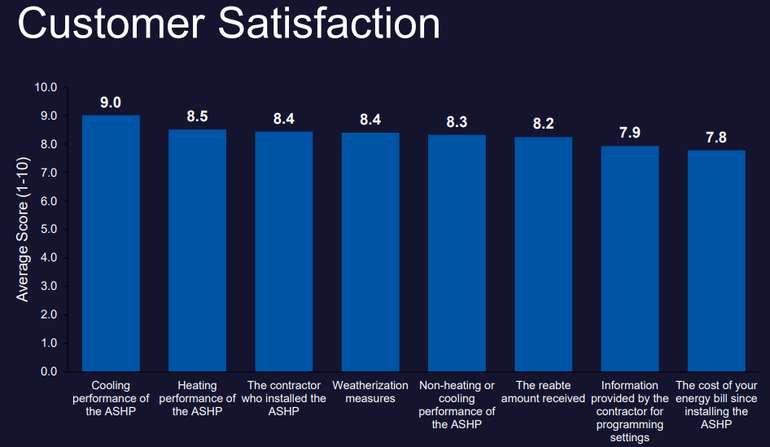
Heat pump sizing: bigger is not better
The size of a heat pump is a guide to how much space it can heat or cool (basically). The right-sized heat pump in a well insulated and airtight home will keep your home perfectly comfortable all year, and can save thousands of dollars on the costs of installation, energy, and maintenance.
Figuring out the proper size for heat pumps can be tricky though. Generally, larger homes in more extreme climates will need bigger heat pumps. But it also depends on the insulation, draftiness, and other factors. Even pro heat pump installers can come up with wildly different estimates, depending on the measurements they take - or the guesses they make - about a home.
We would recommend getting full calculations done to "Manual J" as a minimum - and if your HVAC installer doesn't ask a lot of questions then they are probably going to end up oversizing and over-quoting for the heat pump needed.
Even when contractors do take measurements and make accurate, un-cushioned estimates, the recommended heating loads might still be too high. Manual J is often said to be overstating loads, and pages 26 and 27 of this report from the Cadmus group on real-world cold-climate heat pump performance demonstrate the point. (Cooling loads are generally more accurate, however.)
Our conclusion: If you get multiple quotes that all recommend the same heat pump size, then it’s probably correct (or correct enough). But, if different installers recommend slightly different sizes, we would suggest suggest erring on the side of the smaller model. The ACCA guidelines even suggest it’s OK to undershoot the Manual J estimate by 10 percent. Just ensure that the particular heat pump selected and installed is equipped to handle the local climate by using those SEER vs HSPF vs SCOP ratings for heat pumps.
Now you know all about SEER vs HSPF vs SCOP ratings for heat pumps, learn more about efficient home heating systems for eco homes and sustainable home building in our green building guide and these pages:
Find more about green home construction in the Ecohome Green Building Guide pages - also, learn more about the benefits of a free Ecohome Network Membership here. |
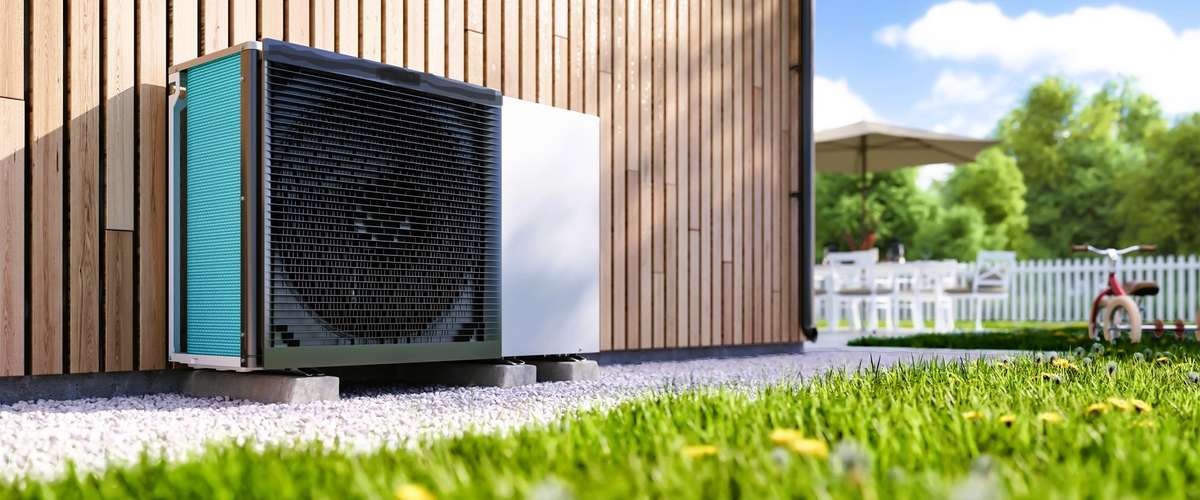














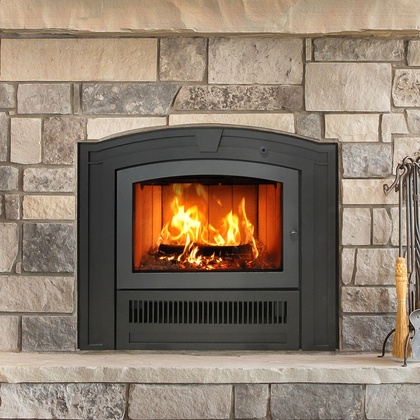

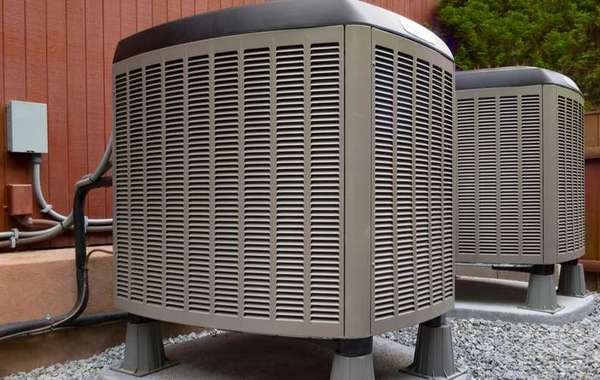
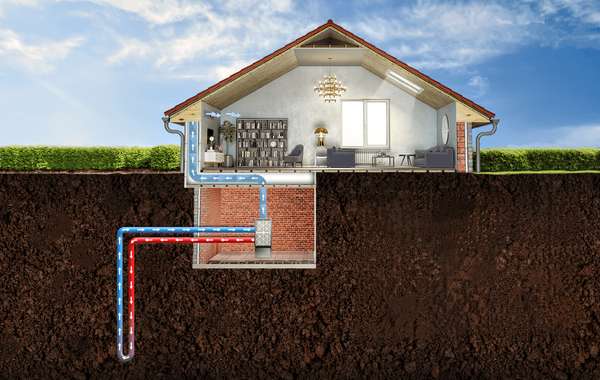
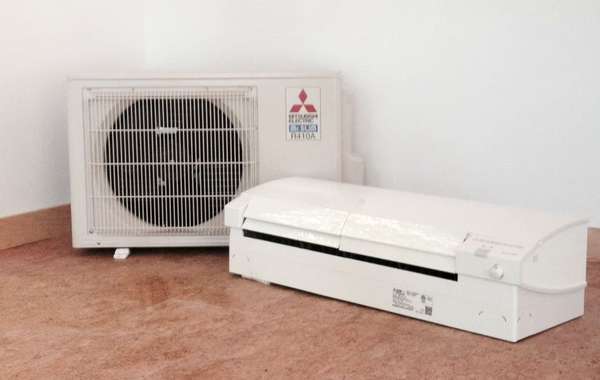
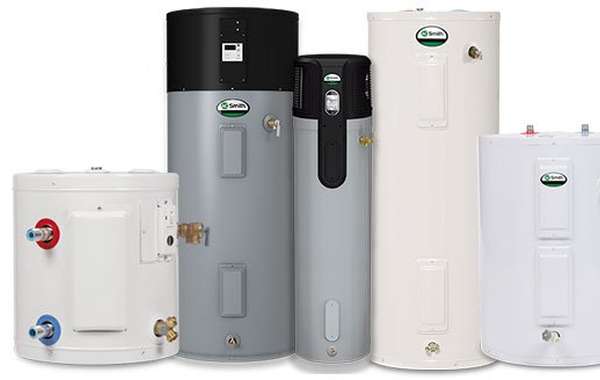
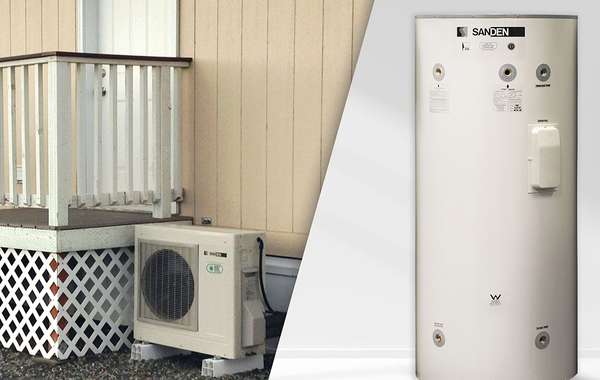
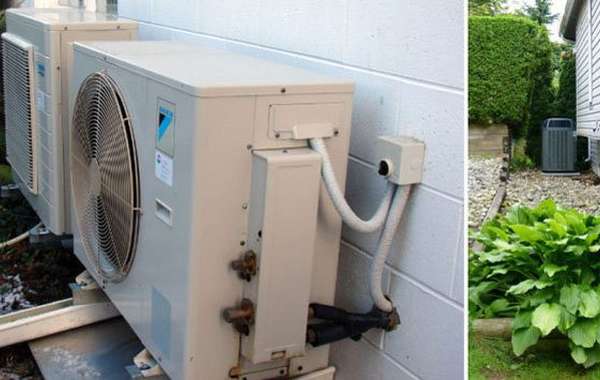
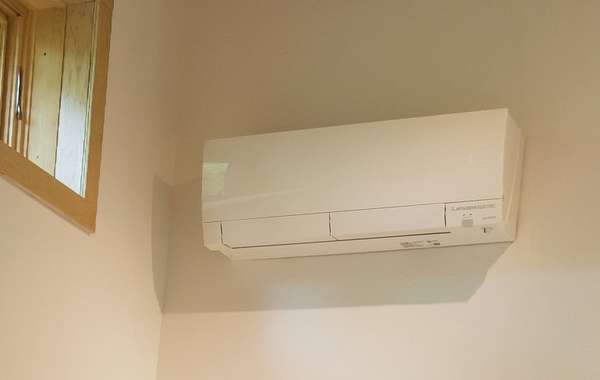
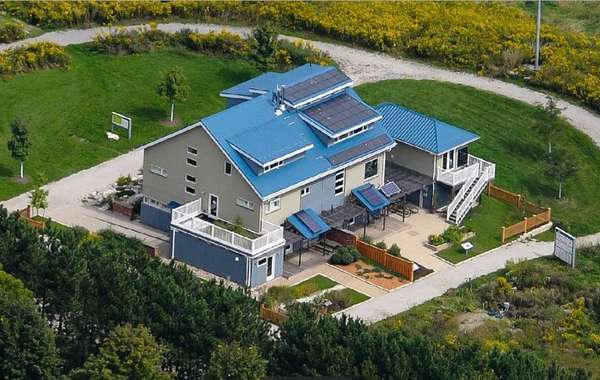

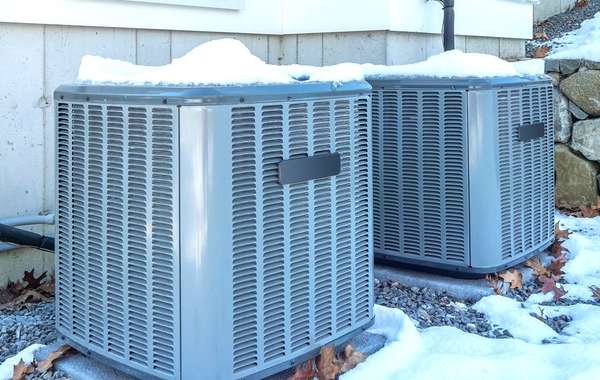
Comments (0)
Sign Up to Comment